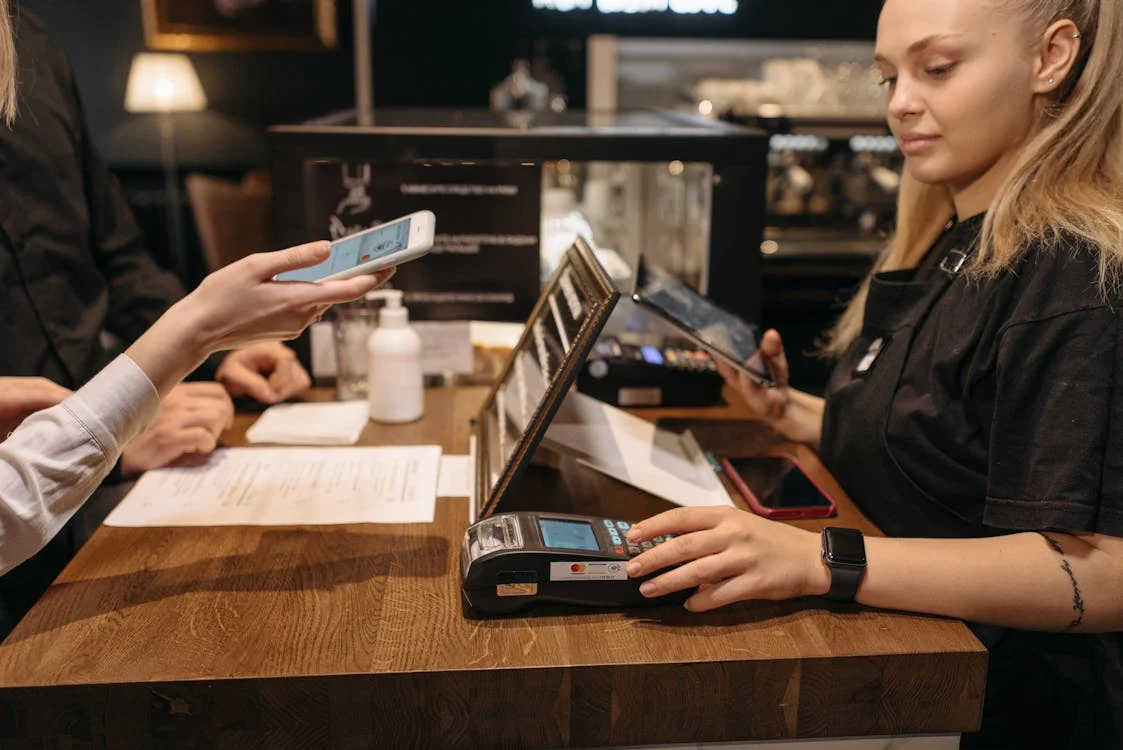
Image: pexels
Small-town retail faces constant change, but technology brings new opportunities. How do digital tools reshape the local store experience?
From smarter supply chains to online sales growth - read along to discover more.
An online storefront eliminates the limitations of geography, allowing small-town retailers to reach buyers across borders. Integrating shops with popular e-commerce platforms like Shopify or Etsy allows businesses access to global markets and niche audiences.
This transition reduces dependency on foot traffic while enabling steady growth. Additionally, electronic data interchange (EDI) simplifies operations like dropshipping. Otherwise tedious tasks such as generating purchase orders or processing invoices are automated, freeing up time for building relationships with customers while fostering both loyalty and scalability.
Handling cash-only payments once limited customer options and slowed transactions. Now, digital payment systems like Square or PayPal simplify checkout for both businesses and buyers.
Contactless methods increase transaction speed while reducing hygiene concerns. These tools also enable retailers to analyze purchasing trends, creating more personalized offers that build customer loyalty.
Managing stock levels has become seamless with advanced tools like QuickBooks Commerce or VendHQ. These systems monitor sales patterns and forecast demand,minimizing overstock or shortages.
By automating tracking, retailers cut manual errors and free time for other tasks. Small-town stores benefit from staying lean while ensuring shelves match customer expectations.
From Facebook, Instagram to TikTok, social platforms connect retailers with local audiences instantly. Targeted ads amplify visibility within small-town communities while storytelling fosters personal engagement.
Even the more reserved WhatsApp helps build loyalty through group promotions and announcements, creating a conversational bridge between businesses and their customers.
Getting it right in customer service often defines loyalty. AI tools like HubSpot Service Hub or Zendesk streamline inquiries, offering quick resolutions day or night.
Automated chatbots handle routine questions, while predictive algorithms suggest products based on user behavior. This balance ensures efficient yet personalized assistance for small-town shoppers.
POS technology has come a long way. Today, systems like Clover or Lightspeed integrate inventory tracking, customer data, and sales reports seamlessly.
These tools simplify transactions and offer actionable insights for smarter decisions. Faster checkouts also enhance customer satisfaction, ensuring small-town stores compete with urban retail experiences effectively.
Visibility across the supply chain transforms efficiency.Real-time tracking tools like ShipBob or TradeGecko enable small-town retailers to monitor shipments, predict delays, and adjust accordingly.
This precision minimizes disruptions, reduces costs, and ensures products reach customers without unnecessary hurdles in logistics operations.
Smartphones have become a gateway to customer loyalty. Apps like Belly or Fivestars let small-town retailers reward repeat buyers while promoting local events.
Push notifications drive timely engagement, strengthening relationships. They keep communities connected through digital convenience tailored for smaller markets.
Data stands as the backbone of retail operations. Cloud services like Google Workspace or Microsoft 365 centralize access, allowing teams to collaborate remotely.
These platforms are essential for building astrong business presence with minimal overhead costs, empowering even small-town retailers with enterprise-level efficiency.
Customer data from tools like Zoho CRM or Salesforce enables tailored recommendations. Personalized experiences make shoppers feel valued, creating emotional connections that keep small-town customers returning to their favorite local retailers.
Technology transforms small-town retail, offering endless opportunities to thrive and connect with customers.